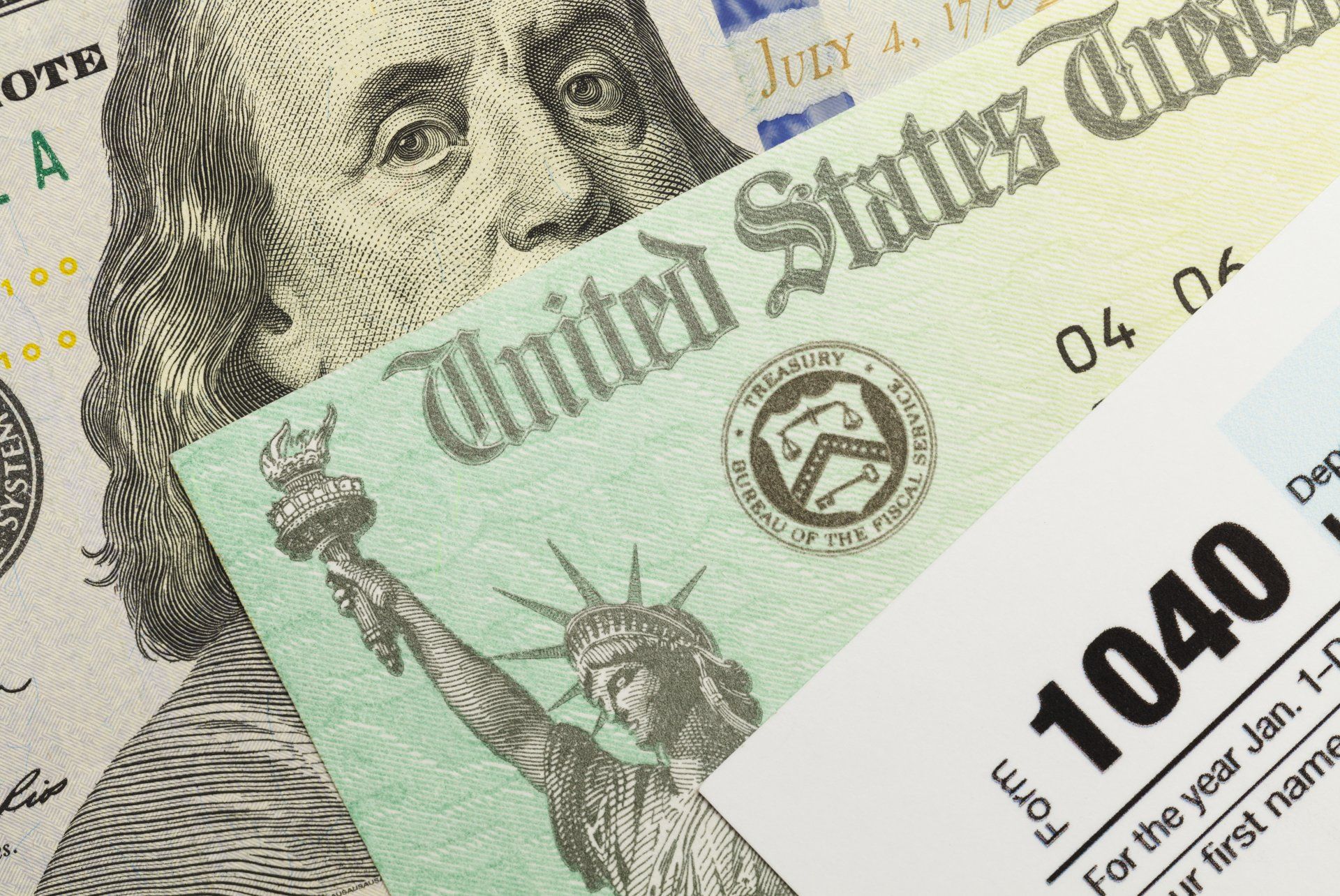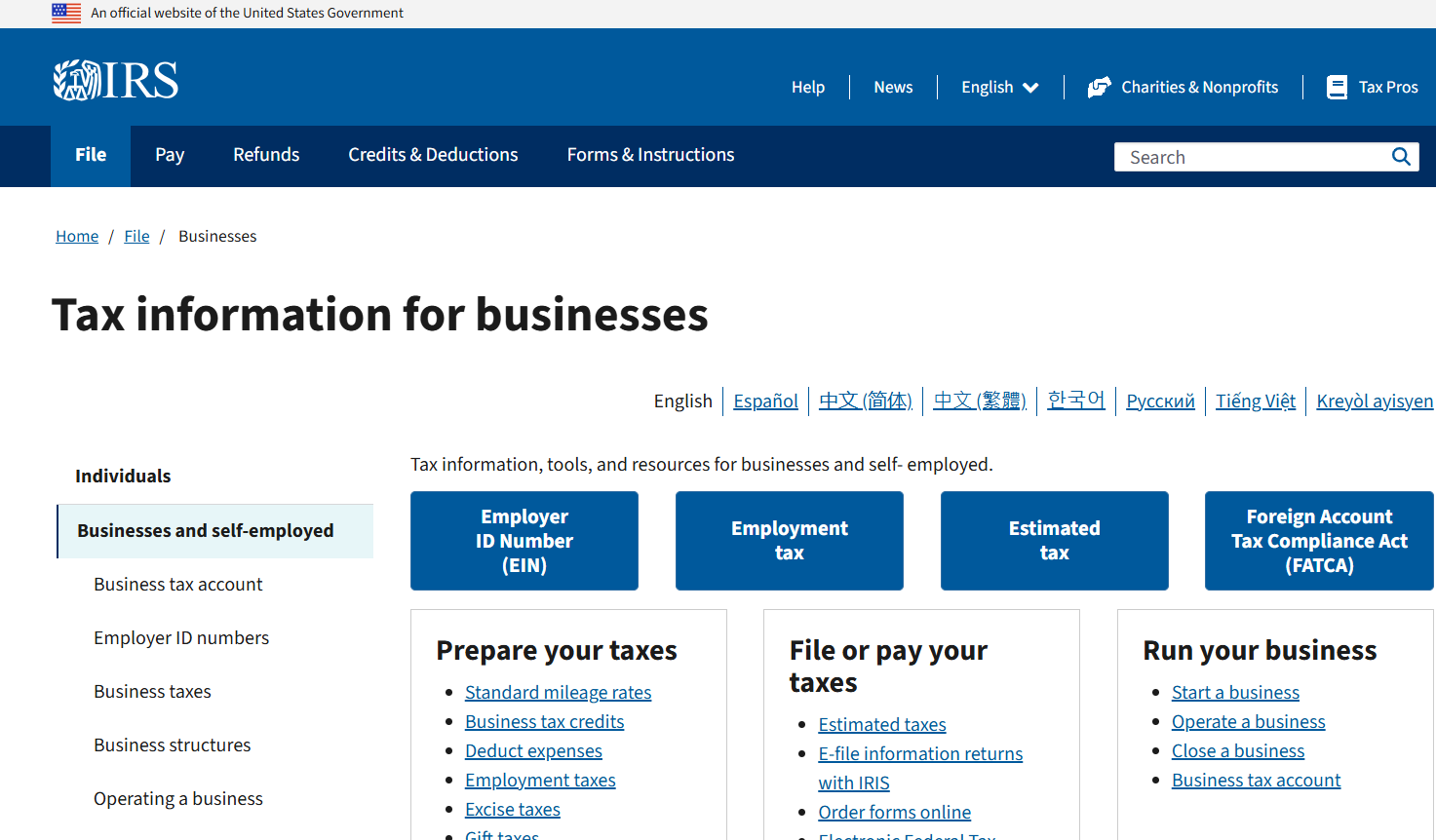IRS Transitioning from Cash to Electronic Refunds and Electronic Payments
This is a subtitle for your new post
Pursuant to President Trump's Executive Order 14247, Modernizing Payments to and from America's Bank Account, the IRS announced this week that it will begin phasing out the use of paper checks for refunds to individual taxpayers at the end of September. More guidance will be published by the IRS relating to the 2025 tax season before the filing season begins. Protecing taxpayers and cutting down fraud is a key reason for this push. Paper checks are 16 times more likely to be lost, stolen, altered, or delayed compared to an electronic payment, according to the IRS. The IRS indicates that there will be some limited exceptions made to the electronic payment rules, mainly in cases where a taxpayer has a lack of access to banking services, or where electronic payments would pose an undue hardship.
Denise Davis, a director at the IRS Taxpayer Services Division, provided details on the agency's efforts to transition away from paper checks. Davis indicates that changes are already planned for January 2026 for both individual and business filers. Davis emphasized that the IRS' main focus is on shifting to electronic payments for tax year 2025 filings – with implementation beginning in January 2026. Davis noted that some extension filers have an October 15, 2025, due date, falling just two weeks after the IRS' stated deadline for switching to electronic refunds. If the IRS sees "gains" among these taxpayers, "we'll take that as a win," said Davis. "But the focus is really January of '26."
Davis noted that only 4% of businesses "have had an opportunity to do direct deposit." Meanwhile, 91.5% of individual filers, out of 165 million, receive payments electronically, typically through direct deposit to a checking or savings account. The agency's plans for business taxpayers in 2026 is fairly simple – gathering banking information. "One of the first things we're doing is we're changing the business tax forms to actually capture direct deposit information," said Davis. "Most businesses are probably banked," she added. The goal is to "capture that information" and shift to direct deposit for those businesses that are due a refund.
Davis provided more detail on the agency's plans to shift the remaining 8.5% of individual filers to electronic payments. First, she shared that "the IRS will actually send letters to individuals that do not provide banking information on their tax returns." Taxpayers that file electronically will see a message "that their return is being accepted and will be processed – however, we will need their banking information, and they will be contacted by the IRS for that." These taxpayers will be able to go into their Individual Online Account and update their banking information, Davis said.
Davis stressed that for security reasons, "IRS employees will not personally intake direct deposit information, either in person or on the phone."
Taxpayers will also be able to log into their Individual Online Account and indicate why they cannot provide banking information, Davis said. In addition, the IRS will have "a dedicated phone extension for taxpayers to provide an exemption exception," she added.
What if a taxpayer does not see, or fails to respond to the request for banking information? "The tax refund will be held for six weeks pending the taxpayer response," Davis explained. "After the six-week period, we'll go ahead and process that refund," she added. The reason for that timing, she said, is that "the IRS will bear business cost of paying interest beyond six weeks." The IRS plans to expand refund options for taxpayers to include direct deposit to checking or savings accounts, reloadable debit cards, and "accounts associated with digital payments." Davis added that the agency will "enhance communications" on finding these digital payment accounts. It also will provide "opportunities for pilots in the future to expand digital wallets."
Davis acknowledged that certain taxpayer populations will require additional tools and processes to make the digital transition. That includes international taxpayers, trustees, and those dealing with bankruptcy. Also on the list are individuals filing amended returns.
Among the IRS' plans beyond 2026 are to improve access for international taxpayers to digital payments, said Davis. The agency also intends to incorporate its experiences from the 2026 filing season "to expand direct deposit activities further in 2027."
In addition to moving remaining individual filers and the vast majority of business filers to electronic payments, Davis said the IRS plans to focus on direct deposits that are rejected by financial institutions. Those rejections total approximately 800,000 annually, she added. The IRS intends to look at the underlying causes, such as incorrect account numbers and deposits attempted to closed bank accounts.
Davis cautioned that the IRS may "continue to update guidance" to incorporate its learning from digital transition efforts. "We may have some mid-year adjustments in the summer of '26, so stay tuned."










